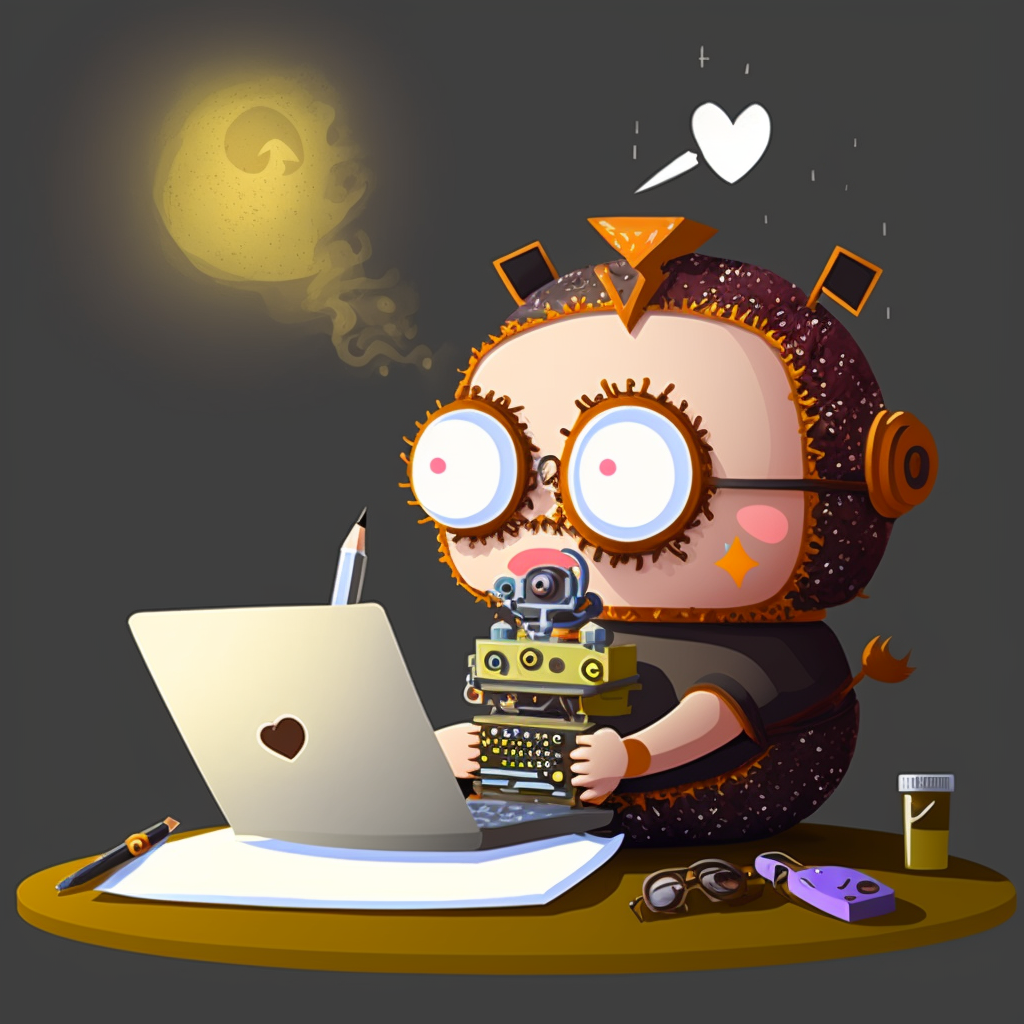With the launch of ChatGPT end of November 2022 it became clear that LLM (large language models) like GPT3.5 can replace a lot of text generation, more than even GPT3 or older models. And GPT4 by OpenAI is just around the corner.
Organizations, government agencies, and universities have a strong interest to determine if a piece of content was generated using a language model or AI text tool. What percentage of the thesis handed is authentic, written by a human?
Additionally, marketers and companies who purchase content may want to understand the extent to which the content they have acquired was generated using tools such as GPT3 or Jasper, Writesonic, or copy.ai.
Finally, website owners and SEO (search engine optimization) specialists want to ensure that Google correctly indexes their AI-generated content, despite being created using tools such as Jasper, Writesonic, or copy.ai. “Washing off” any potential watermarks such tools apply becomes a wish or need.
Now we’ll look at state of the art in AI Detection and also AI Watermarks. After all, if we don’t understand how it all works, how should we “bullet-proof” our AI content against detection?
Source: Percent Real – AI Content Detection and AI Watermarks

